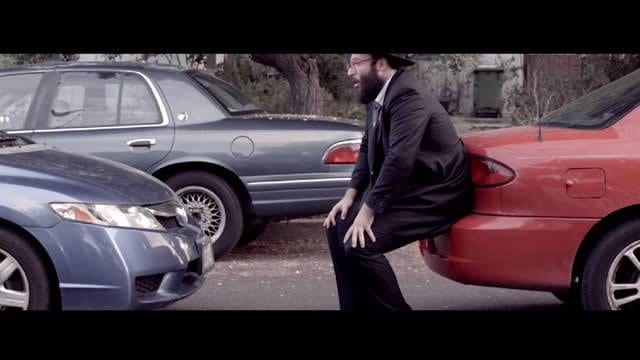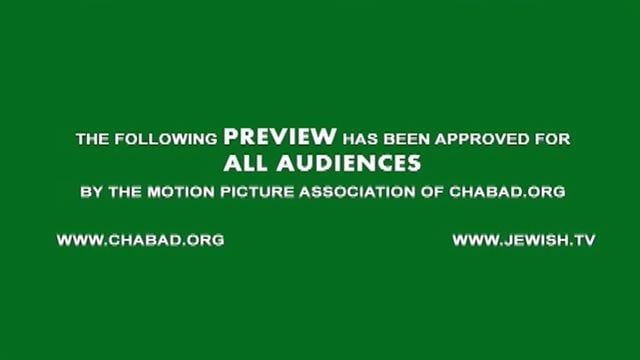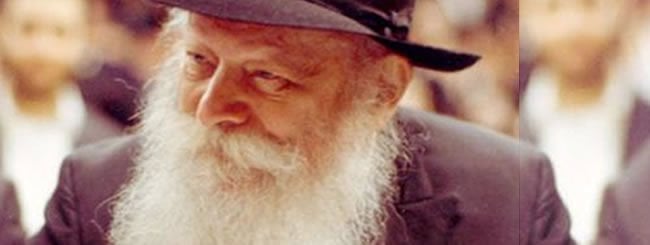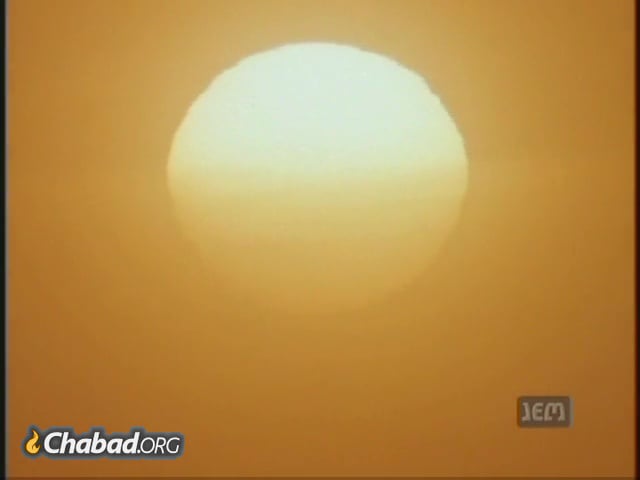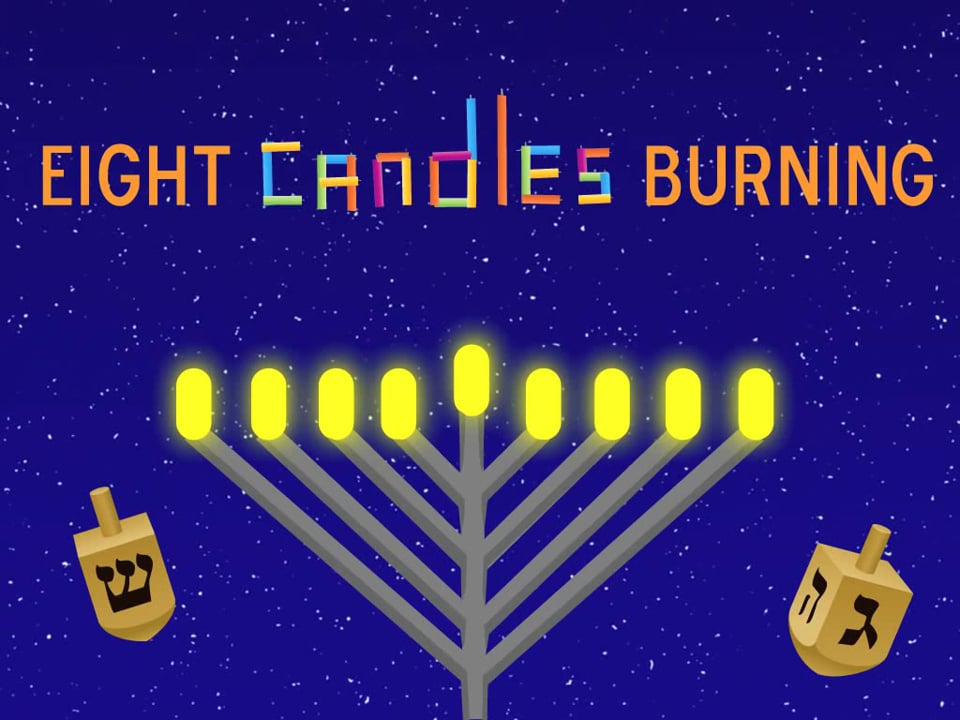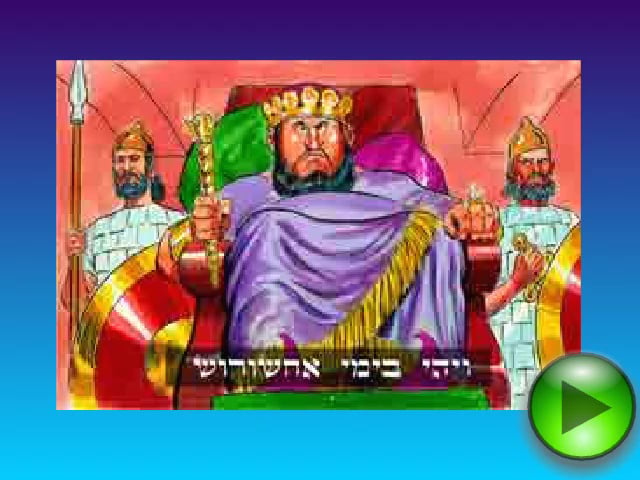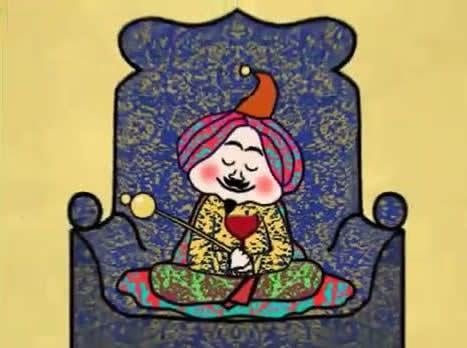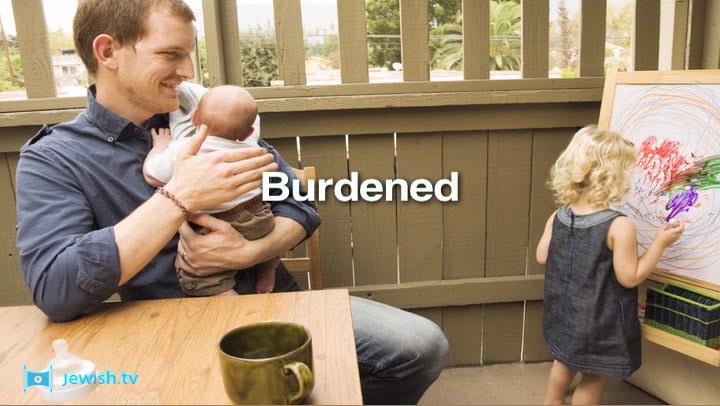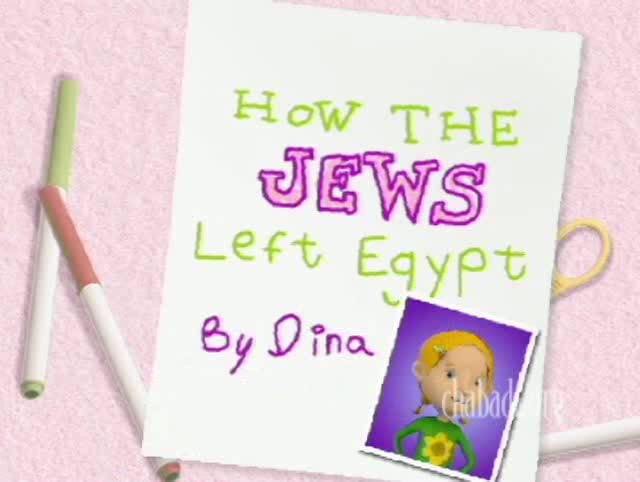ב"ה
Holidays
A journey through the Jewish calendar
1,299 items in this section

Rosh Hashanah is the day each year when we reaffirm and deepen our allegiance to G-d. The sounding of the shofar gives expression to our 'coronation' of G-d as our personal Monarch and as the Supreme King of Kings of all creation. This class will address the puzzling fact that nary a hint of this is to be found in Scripture where we are enjoined to observe this sacred day. (Based on various sources in Chassidic literature.)

During Temple times, atonement on Yom Kippur was achieved through the once-a-year unique ritual of the offerings of the identical goats. However, each individual was obligated to personally repent for the sacrifices to be effective. In addition, Maimonides rules that the very day of Yom Kippur affords – then and now – atonement with the provision that the individual 'returns'. This class will explain all four components: 1) the sacrifice, 2) repentance, 3) the contribution of Yom Kippur and, 4) the meaning of 'return'. (Based on Likutei Sichos vol. 27)

Laws and customs of the holiday
What special rituals are performed on the holiday of Sukkot? How does one perform them? What are some of the deeper reasons for doing what we do? An expert in Jewish law gives an overview of the lulav and etrog, eating in a sukkah, and other Sukkot-related observances.

Using exclusively licensed technology from KabbalaLabs Disincorporated, the latest device in time-travel is now being marketed to the public by Infinity Labs Intergalactical. Inexpensive and easy to construct in your own backyard, the Super Sukkah will prove a big hit for the entire family, friends, hornets and in-laws.

On the 24th of Kislev (according to most views) the Maccabees succeeded in expelling the occupying Greek army. On the 25th of Kislev the Jews discovered the pure cruse of oil. On the 26th of Kislev the miracle of the oil lasting beyond one day became manifest. This class will explain the spiritual and personal significance of these events. (Maamor V'Atoh B'rachamecho 5748)

What is the difference between Purim, which is celebrated on the 14th day of the month, and Passover and Sukkot which are celebrated on the 15th day of their respective months? The answer lies in the fact that the number fourteen in Hebrew is represented by the letters yud (10) and daled (4), which spell the word "yad" which means "hand."

Pre-Passover Inspiration with Rabbi YY Jacobson in honor of Nissan 11
The current Covid-19 crisis has made many of us feel deeply vulnerable and feaful. Yet, every crisis comes with opportunity. How can we prepare for the Festival of Freedom amid such pain, tragedy and anxiety? Join Rabbi Yosef Y. Jacobson for a transformative lecture. Learn how to turn fear into strength and vulnerbility into empowerment.

The requirement to eat bland, unleavened bread i.e. Matzah made exclusively from flour and water at the Seder, is unique to our observance. By contrast, at the original Seder in Egypt on the night before the Exodus, it was permissible to eat enriched matzah, i.e. flour mixed with fruit juice or egg. In explaining the reason for this difference, this class reveals the spiritual significance of matzah and its critical message for experiencing true personal growth.(Based on Likutei Sichos vol. 16, p. 122.)

Preparing for Shavuot
“G-d desired to bring merit upon the Jewish people; therefore He gave them Torah and
Mitzvos in abundance.” G-d is certain that we will use the great opportunity He offers us to
make Him proud. Thus laden with a treasure-load of good deeds, good words and good
thoughts, we prepare ourselves to receive the Torah—in all its richness—on Shavuos.

Why Ezekiel’s vision of the “divine chariot” is the chosen haftorah reading on Shavuos, when it would appear that other scriptural passages that refer directly to the giving of the Torah would make a more appropriate choice, inasmuch as Ezekiel makes no such reference at all! (Based on Likkutei Sichos, vol. 33, p. 18.)

The teachings of chassidus look beyond the surface of the terrible destruction of the Holy Temple and the subsequent exile, which we mourn during the 3 weeks, and finds the hidden good embedded inside—offering insight into why they’ll ultimately be transformed into joyous holidays in the times of Moshiach.

The saddest period in the Jewish calendar, when we mourn the destruction of the Holy Temple – amongst a litany of other national tragedies – is commonly referred to as 'The Three Weeks'. Yet, our Sages referred to this period as '21 Days'? The answer to this innocuous question reveals an astounding new depth to both the mourning period and its inevitable resolution. (Based on Sefer Hasichos 5750)













